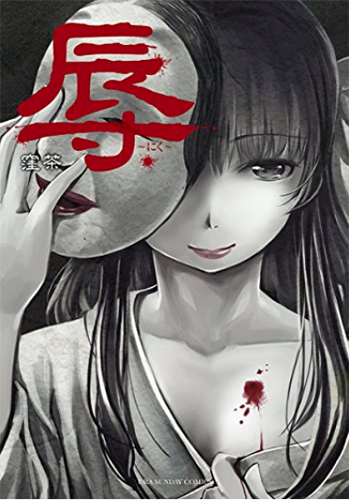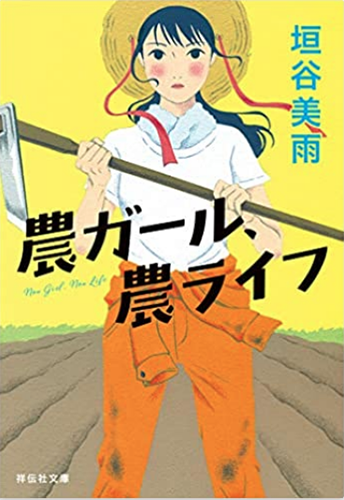161. The "'Dragon' Character" Radical: 辰
I would never think of connecting a clam with a dragon. We can thank the ancient Chinese for making this imaginative leap with 辰, which is not only radical 161, the "'dragon' character" radical, but also a non-Joyo kanji.
Originally, says Henshall in his newer edition, 辰 depicted a "large clam." He cites one researcher who believes that early forms of this character show "clams with muscle tissue outside the shell to enable movement."
Henshall calls "dragon" an early loan use of this shape (but unfortunately says nothing about why people associated 辰 with that meaning). And we don't have just any fire-breathing monster on our hands; rather, this shape specifically serves as the fifth sign of the Chinese zodiac, the "sign of the dragon." Each of the 12 zodiacal characters does double duty by symbolizing a two-hour period, so 辰 also represents the stretch between 7 and 9 a.m.
Characters for zodiacal animals tend to differ from shapes representing nonzodiacal animals. So it is that 辰 contrasts with 竜 (1899: dragon) and its non-Joyo counterpart 龍. As I explain in essay 1899 on 竜 (dragon; imperial), 竜/龍 also serves as radical 212, the "big dragon" radical.
One Japanese name of the 辰 radical actually alludes to that other "dragon" radical. That is, 辰 carries the kun-yomi たつ and the on-yomi シン, so the Japanese refer to radical 161 as both たつ and しんのたつ, the latter meaning the "dragon" character read as both しん and たつ. That name distinguishes 辰 from 立, another radical read as たつ.
In English we can call 辰 the "'dragon' character" radical.
Joyo Kanji with a 辰 Radical
The seven-stroke 辰 radical, which has no variants, is on duty in just two Joyo kanji:
農 (366: farming)
辱 (1430: to humiliate; dishonor; rape)

The cover of an erotic-grotesque manga features 辱 (1430: to humiliate; dishonor; rape), affording a great glimpse of our radical.
Etymologies
So what's a dragon doing inside kanji representing humiliation and farming? For answers, I turn again to Henshall:
辱 (1430: to humiliate; dishonor; rape)
The 寸 on the bottom means "hand," so the whole character represents a "hand holding a clam shell sharpened for cutting vegetation," says Henshall. Most experts view "shame, humiliation" as loan usage, but those senses may be extended meanings similar to the English expression "cutting remark."
農 (366: farming)
The shape once included 林 (forest) or 森 (forest) on top and 辰 (clam) on the bottom. The entire 農 character meant "cut (small) trees and vegetation with sharpened clam shells to clear for growing crops."
No sign of a dragon anywhere, only clams—or more accurately their shells!

We find two instances of 農 in a novel title that could translate as Farming Girl, Farming Life. As 農 carries the Joyo yomi ノウ, one could also interpret the title as wordplay meaning "No girl, no life." In fact, the faint blue "Nou Girl, Nou Life" appears on the cover under the first 農.
The story is about a woman who suddenly loses both her job and boyfriend. A TV program about female farmers inspires her to move to the countryside to try out a happy farming life.
